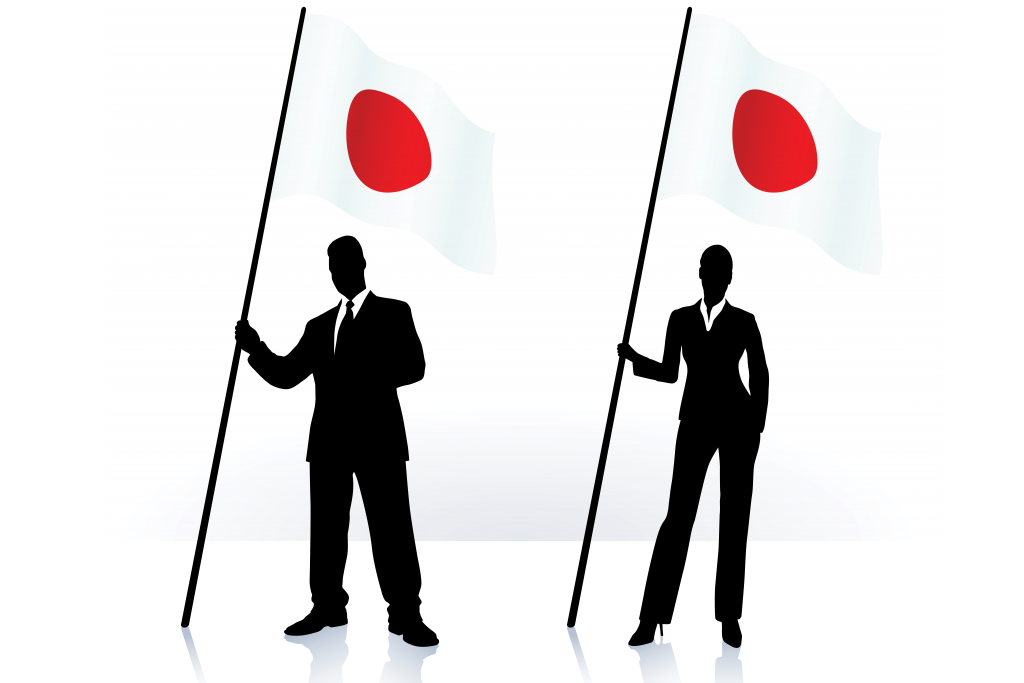5 steps to marketing in Japan

The Japanese love all things Hawaiian – from hula to music to fashion – which makes Japan an attractive market for Hawaii companies. But Japan is a complex business environment. “That means a company must be serious about wanting to increase the Japan portion of its customer base,” says Dave Erdman, founder and president of PacRim Marketing Group. Erdman has been helping clients navigate the Japanese market for 20 years. Here are his suggestions for companies tempted to take the leap.
1) Set Goals
To make this big a jump, you need a plan. “Are you serious about growing your share and spending of Japanese customers?” Erdman asks. “If so, you have to develop real goals. You have to have a timeline, and commit to an investment of time, dollars and resources to appropriately match the plan.”
2) Learn the Culture
Many companies use experienced Japan marketing consultants, but anyone doing business in Japan needs to adjust to the differences in culture. “Invest time and resources in learning cultural nuances and identifying opportunities for your product,” Erdman says. That’s how you discover opportunities and grow your customer base.
3) Build Relationships
“Dedicate time to meet people doing business with, and in, Japan,” Erdman says. “Swap success stories. Meet the media.” You’ll also need a team. “Develop a trusted cadre of resources,” he says. “Interpreters who know your brand and messaging, translators, copywriters and protocol experts. Leverage ‘champions’ of your business for important introductions and business opportunities.”
4) Take an Urban Safari
“Visit Japan,” Erdman says. “Find out what Japanese are watching on TV or reading. What types of mobile or communications devices are they using? What are their service standards? What do they wear and eat?” Pay attention to everything. “Go to a trade show, visit a department store, a luxury boutique, a real estate office, a mobile phone outlet, a supermarket, a convenience store. …”
5) Project Your Brand Properly
Don’t let the language or cultural difference dilute your brand. “Your goal,” Erdman says, “is to communicate the essence of your brand appropriately in the market.” That means understanding trends and cultural nuances, of course. “But it also means accurate copywriting – not just ‘translation’ of English information – and using the appropriate communications channels.”





